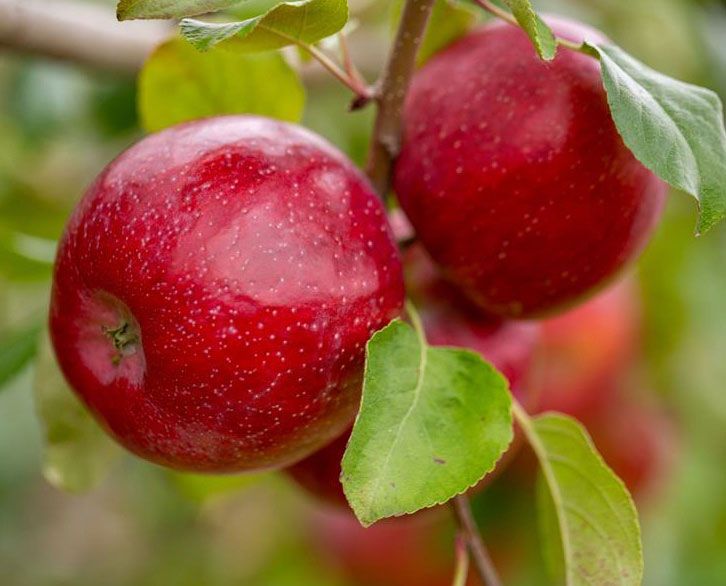Almond Hull Rot Management Tips
Once almond hull rot strikes, there’s nothing growers can do to control it. But, there are some strategies to reduce the risk of it occurring in the first place.
Hull rot occurs from a fungal infection caused by either Rhizopus stolinifer or Monilinia fructicola during the start of hull split. “Once the hulls are infected, toxins are produced that travel up the fruiting wood and can kill limbs,” Andrew Ray, staff research associate for University of California Cooperative Extension of Merced County, says.
According to Ray, vigorous orchards are most susceptible to hull rot, and the best way to lessen the risk without reducing yields is proper nitrogen and irrigation management. “Research by the University of California has shown that increased nitrogen application results in increased hull rot incidences,” Ray says. “Nitrogen budgeting based on estimated yield and leaf analysis should be utilized to minimize hull rot.”
He adds that nitrogen application timing is important, too. “Nitrogen applied after kernel fill (late spring/early summer) will go to the hull and increase the susceptibility to infection,” he says.
Some stress on the trees can actually reduce hull rot by as much as 80% to 90%, according to Ray. Reducing water application by 10% to 20% for two weeks can help induce this stress. He suggests using a pressure chamber to measure the trees’ water stress and help time irrigations to keep the orchard at the proper stress level during hull split.
“A fungicide spray during the early stages of hull split may also help decrease hull rot infections when used in addition to proper nitrogen and irrigation management,” Ray adds.
Additional hull rot management guidelines can be found on the University of California IPM website.









